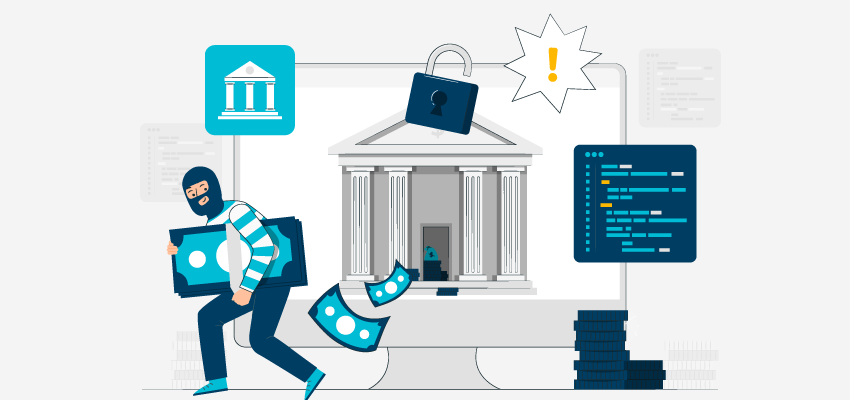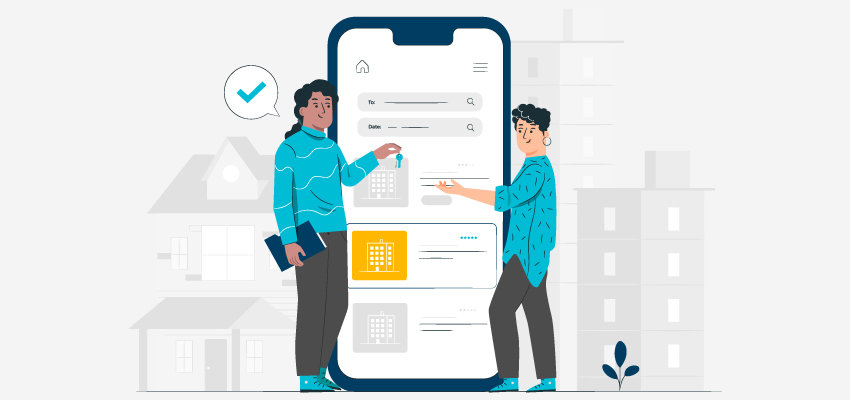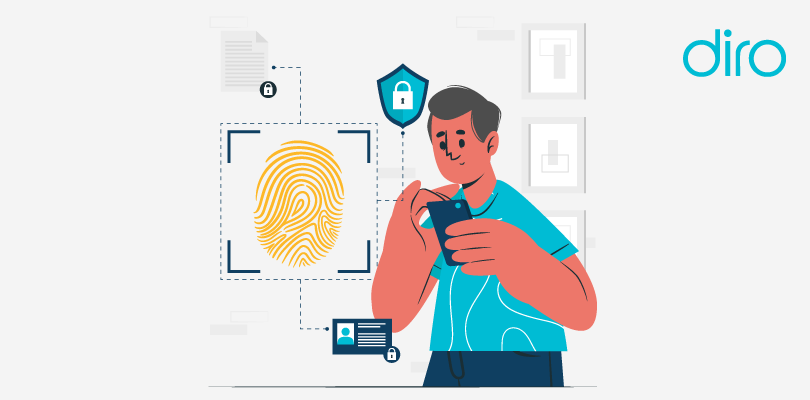In today’s digital age, managing customer data securely is a top business priority. Customer Identity and Access Management (CIAM) refers to the processes, tools, and technologies that help organizations manage customer identities while ensuring seamless access to online services. While this may sound similar to traditional Identity and Access Management (IAM), CIAM has distinct goals and features aimed at enhancing the user experience.
What Makes CIAM Different?
Unlike corporate IAM systems, which focus on employee access to internal resources, CIAM is customer-centric. It is designed to handle a large volume of users, offering secure, scalable solutions that focus on privacy and personalization. Here’s how it stands out:
- User Experience: CIAM systems prioritize simplicity, allowing users to register, log in, and access services effortlessly. This often includes features like social logins, single sign-on (SSO), and multi-factor authentication (MFA).
- Scalability: With millions of users potentially accessing services, CIAM solutions are built to scale. They handle high-volume transactions without sacrificing speed or security.
- Privacy and Compliance: Customer data privacy is at the core of CIAM. It ensures that businesses comply with regulations like GDPR or CCPA, giving customers control over their data and how it’s used.
Key Components of CIAM
To fully understand CIAM, it’s important to break down its core components:
- Authentication and Authorization: CIAM solutions authenticate users (verifying their identity) and authorize them (ensuring they have the correct permissions to access certain data). Common methods include traditional username-password combinations, MFA, and biometrics. New businesses have also started using new-age technologies like proof of address verification solutions, online customer onboarding solutions, etc.
- User Registration and Profile Management: The registration process in CIAM is streamlined to enhance user experience. Users can easily manage their profiles, update information, and set preferences, often via intuitive self-service portals.
- Single Sign-On (SSO): One of the standout features of CIAM is SSO. It allows users to sign in once and access multiple applications without needing to re-enter credentials, providing a smoother customer experience.
- Federated Identity Management: CIAM supports federated identity protocols like OAuth, SAML, and OpenID Connect. These standards enable users to log in using credentials from other trusted platforms like Google or Facebook.
- Consent Management: As data privacy laws evolve, businesses must obtain and manage user consent for data collection. CIAM platforms offer tools for handling consent preferences, helping organizations stay compliant while respecting user choices.
- Security and Risk Management: CIAM implements advanced security measures, such as MFA, risk-based authentication, and anomaly detection, to protect customer identities from threats like phishing or account takeovers.
Why Businesses Need CIAM
In today’s competitive digital landscape, delivering a personalized and secure customer experience is key to retaining and attracting users. A robust CIAM solution ensures:
- Increased Trust: By prioritizing security and data privacy, businesses build trust with customers.
- Improved Engagement: CIAM’s seamless login processes and personalized interactions encourage customer engagement and satisfaction.
- Regulatory Compliance: Adopting CIAM helps businesses navigate the complex world of data privacy laws, reducing legal risks.
- Data-Driven Insights: With CIAM, businesses can gain insights from user behaviors, preferences, and interactions, allowing for more targeted marketing and service improvements.
Challenges in Implementing CIAM
While CIAM offers numerous benefits, implementing it comes with challenges. These include integrating with existing systems, managing large-scale identity data, and ensuring compliance with ever-changing regulations. Businesses must choose CIAM providers that offer scalability, flexibility, and strong security features.
Conclusion
As businesses continue to shift online, Customer Identity and Access Management (CIAM) has become an essential part of building trust and providing secure, personalized experiences. Whether you’re a small startup or a large enterprise, investing in the right CIAM solution ensures your customers’ data remains protected while delivering a user-friendly experience.














